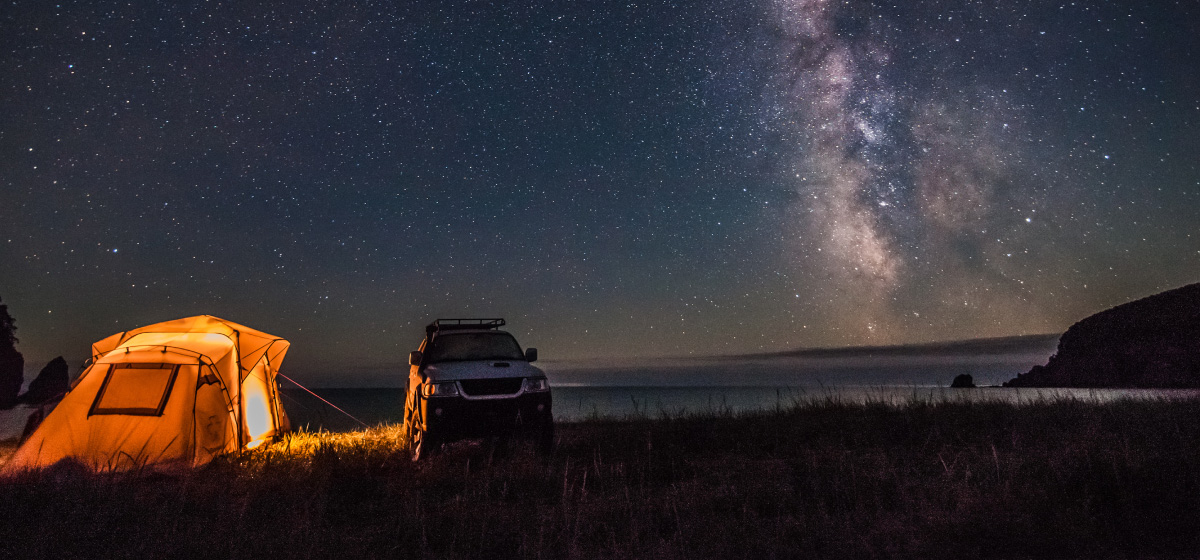While road trips can be exciting, research shows that the risk of driver fatigue is particularly high for those under 30 – the age group most prone to accidents caused by tiredness and boredom. Data suggests this is because young people can’t cope as well without adequate sleep and the fact that the area of their brain that deals with driving-based decision-making is still maturing.
There are four main warning signs of fatigue you should look out for when driving. They are:
- Difficulty concentrating
- Yawning
- Feeling like your eyelids are ‘heavy’
- Experiencing your eyeballs starting to ‘roll’
With the above in mind, here’s Veygo’s practical advice to ensure your safety on the road and help you manage fatigue before and during your drive:
- Take regular breaks: If it’s a long journey, plan to take a break at least every couple of hours. Rule 91 of The Highway Code advises that for every two hours of driving you should take at least a 15-minute break.
- Share the drive: If a passenger has also passed their test, consider splitting the drive. Opting for a flexible insurance option, such as Veygo’s temporary car insurance, means a driver can be insured within minutes, for as little or as long as is needed.
- Plan for shade: Driving in hot weather can be exhausting. Before setting off, look at your route and see if there’s anywhere you can pull over and either get a few minutes in the shade outside of the car.
- Stay hydrated: Having a thermal water bottle is an ideal way to keep water cool in the car. As fatigue can occur because of dehydration and thirst is a sign of mild dehydration, it’s essential drivers drink water before they feel thirsty.
- Get plenty of sleep before setting off: Prevention is better than cure. Aiming to get eight hours of sleep before driving will set you up for safe driving success.
- Recognise the signs of fatigue: Fatigue is easy to identify as there are four main warning signs. These include difficulty concentrating, yawning, feeling like your eyelids are ‘heavy,’ and experiencing your eyeballs starting to ‘roll’.
- Avoid driving at night: Driving at night has its risks, particularly as data shows 40% of road collisions occur during darkness. Driving after sunset means road markings, pedestrians and cyclists can be harder to see, and it can be harder to judge distances and speeds.
- Use caffeine wisely: Energy drinks are a tempting tool to stay alert, however, drivers who are more sensitive to the effects of caffeine could face serious side effects including reduced alertness, control, and mood. Consume caffeine in moderation as it’s not an alternative to sleep or rest.
- Stay engaged: Actively scanning the road, anticipating hazards, and maintaining awareness of your surroundings are crucial. If a driver finds any of these difficult, it’s a sign they need an immediate break at the first safe opportunity.
Hopefully these tips help you stay safe on the road when you venture on your next road trip or staycation. Don’t forget, longer car trips are far more manageable and enjoyable when you share the journey. So, if you’re heading on a staycation with your friends or family, make sure you get Veygo’s flexible temporary car insurance, so you can split the drive, helping you have a safe trip.
Get insured within minutes, for as little or as long as you need, to share the driving load on your next staycation.
